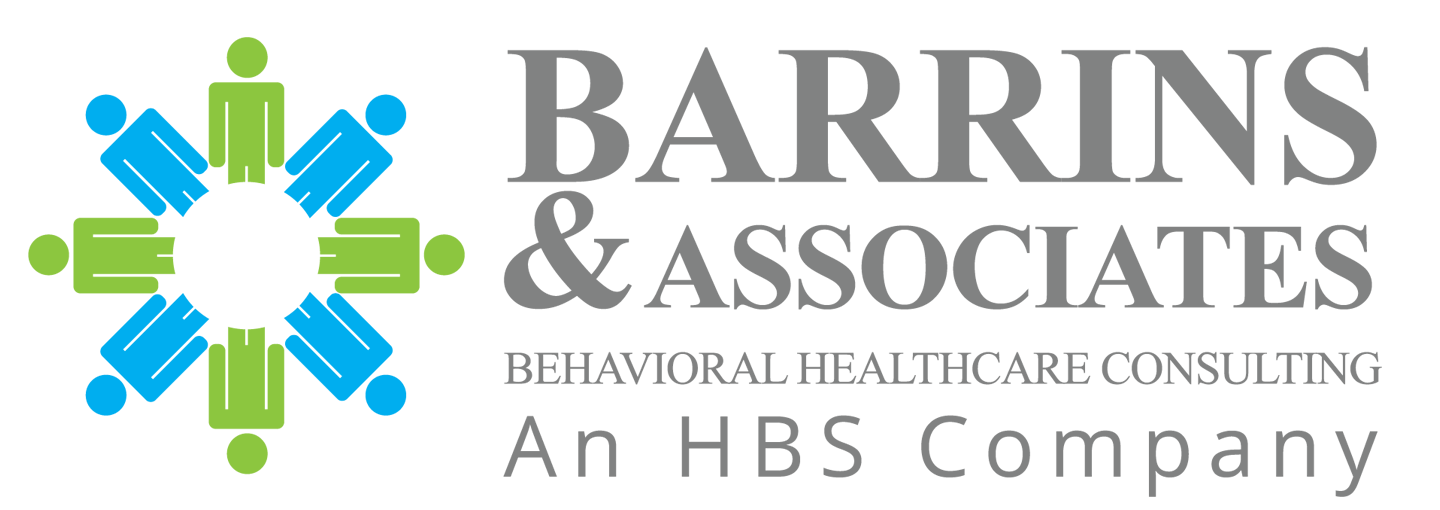A CEO transition is a pivotal moment for any psychiatric hospital, behavioral health, or human services organization. In healthcare, this leadership change can ripple through all facets of the institution, including the critical areas of accreditation and regulatory compliance. These aspects are not just about meeting minimum requirements—they’re an opportunity to enhance organizational performance, operational efficiency, and team cohesion. Here’s why post-transition evaluation and support are essential.
Establishing a Compliance Baseline
The first step after a behavioral healthcare CEO transition is identifying the organization’s current compliance baseline. This involves conducting a comprehensive evaluation to understand the state of regulatory adherence, including:
- Accreditation Standards: Reviewing performance against requirements TJC, DNV, CIHQ, ACHC, CARF, or Social Current (COA), ensures the organization maintains its accreditation.
- CMS Conditions of Participation: Assessing compliance with CMS standards safeguards funding and certification.
- State and Local Regulations: Addressing specific legal mandates relevant to the organization’s location and operations including state agencies requirements.
This baseline is vital for memorializing where the organization stands at the time of the transition and identifying areas requiring immediate attention.
Addressing Noncompliance Areas
Accreditation and regulatory evaluations often reveal gaps or deficiencies in compliance. While these findings may initially appear daunting, they present an opportunity to:
- Resolve High-Risk Issues: Addressing critical noncompliance reduces risks to patient/client safety and organizational reputation.
- Standardize Procedures: Establishing consistent protocols ensures compliance across all departments.
- Prepare for Future Surveys: Creating an action plan improves readiness for upcoming accreditation or regulatory visits.
Creating Opportunities for Best Practices
Beyond correcting deficiencies, this period of assessment offers a chance to introduce and embed best practices. Leadership can:
- Benchmark Against Industry Standards: Use compliance evaluations to compare performance with top-tier organizations.
- Foster Continuous Improvement: Implement a culture of safety and quality improvement by integrating evidence-based practices.
- Streamline Documentation: Simplify processes for tracking and reporting compliance metrics.
Aligning New and Existing Leaders Around a Unified Vision
A behavioral healthcare CEO transition often brings a new strategic vision, and accreditation and regulatory compliance can serve as a unifying initiative for leadership teams. By focusing on accreditation and compliance leadership teams can:
- Enhance Collaboration: Leaders from different departments can work together to address shared challenges.
- Break Down Silos: A compliance-focused approach encourages cross-departmental communication and problem-solving.
- Inspire Accountability: Clearly defined roles in compliance efforts ensure everyone contributes to the organization’s success.
Driving Operational Efficiency
Engaging leaders and teams in improving compliance has benefits that extend beyond regulatory adherence. It can also:
- Reduce Waste: Identifying inefficiencies during the compliance review process can eliminate unnecessary expenses.
- Enhance Patient/Client Care: Improved protocols and streamlined operations lead to better patient outcomes.
- Boost Staff Morale: A well-run organization creates a sense of pride and ownership among employees.
Long-Term Opportunities
Accreditation and regulatory evaluations are not just about immediate needs; they can also establish a foundation for long-term success by driving:
- Sustainable Improvements: The changes made during this period can have lasting positive effects.
- Enhanced Reputation: A strong compliance record attracts patients/clients, partners, and staff.
- Organizational Resilience: Building robust processes ensures the organization can weather future leadership transitions.
Behavioral Healthcare CEO Transition
A behavioral healthcare CEO transition is a critical juncture, but it is also a chance to reaffirm an organization’s commitment to excellence. By prioritizing accreditation and regulatory compliance, healthcare institutions can identify and address gaps, align their teams around shared goals, and create opportunities for long-term improvement. This proactive approach not only supports a smoother transition but also positions the organization for sustainable success.
Having a difficult time filling a C-Suite position?
At Barrins & Associates we provide experienced interim leaders who can seamlessly step into C-Suite positions and ensure continued service excellence.
Barrins & Associates
Contact Barrins & Associates today to discover how we can help you to evaluate and improve your accreditation and regulatory compliance following a CEO transition.
Barrins & Associates – “Evidence-Backed Excellence: Proven Results in Enhancing Compliance”


